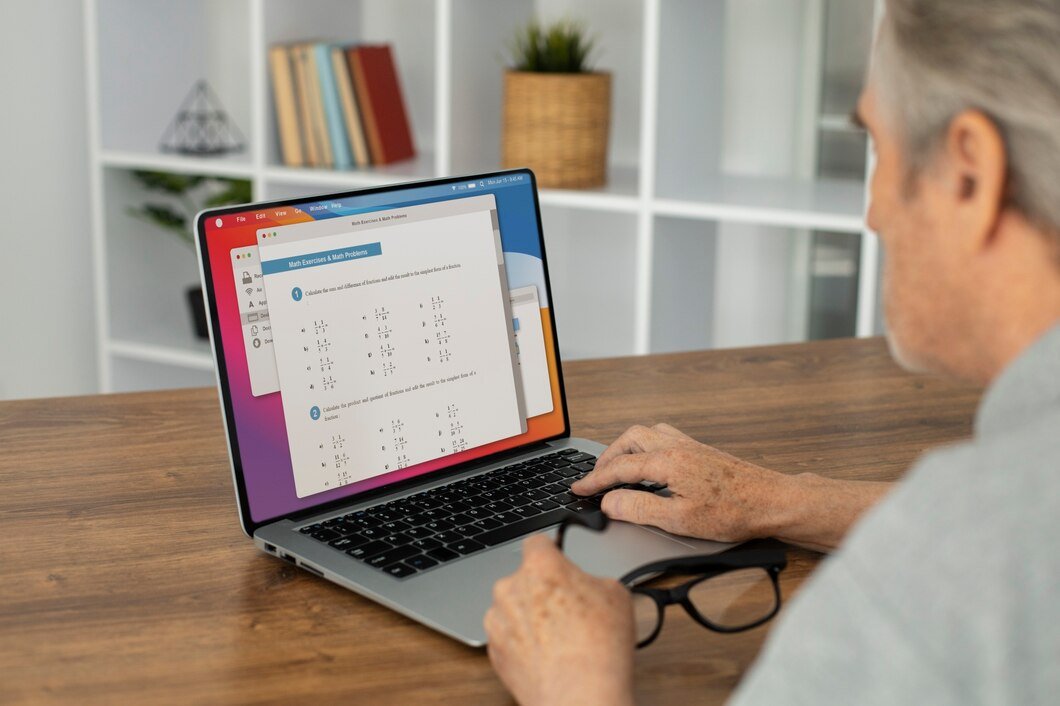Discover the world of Linuxia, an emerging open-source operating system. Learn about its features, benefits, and how it compares to other popular OS options in the open-source community.
Introduction
In the ever-evolving landscape of technology, open-source operating systems have carved out a significant niche, offering users freedom, flexibility, and a community-driven approach to software development. Among these, Linuxia is emerging as a formidable contender, pushing the boundaries of what an open-source OS can achieve. Whether you’re a seasoned developer or a curious newcomer, Linuxia promises a robust, versatile platform that’s worth exploring. In this article, we’ll dive deep into what makes Linux unique, its key features, and how it stands out in the competitive world of open-source operating systems.
What is Linuxia?
Understanding Linuxia
Linux is a modern open-source operating system built on the Linux kernel, designed to offer a seamless and powerful computing experience. It is tailored to meet the needs of a wide range of users, from developers and system administrators to casual users who are seeking an alternative to mainstream operating systems like Windows and macOS. The Linux community thrives on collaboration, constantly improving the system to ensure it meets the highest standards of performance, security, and usability.
The Origins of Linuxia
The roots of Linuxia can be traced back to the broader Linux ecosystem, which has been a cornerstone of open-source software for decades. However, Linux distinguishes itself by focusing on a user-centric approach, making it accessible and appealing to both beginners and experts. With a commitment to innovation and community-driven development, Linux has quickly gained traction as a go-to OS for those looking to break free from the constraints of proprietary software.
Key Features of Linuxia
User-Friendly Interface
One of the standout features of Linuxia is its user-friendly interface. Unlike some other Linux distributions that can be daunting for new users, Linux offers a clean, intuitive desktop environment that simplifies navigation and customization. This makes it an excellent choice for those transitioning from other operating systems.
Enhanced Security
Security is a top priority for Linuxia. The OS is built with advanced security features that protect against malware, unauthorized access, and other threats. Regular updates and a vigilant community ensure that Linuxia remains secure and resilient against emerging vulnerabilities.
Versatile Package Management
Linuxia boasts a versatile package management system that makes installing, updating, and managing software packages straightforward. With access to a vast repository of open-source applications, users can easily tailor their Linuxia environment to suit their specific needs.
Customizability
Customization is at the heart of Linuxia. Users have the freedom to modify and configure the OS to their liking, from the desktop environment to system settings. This level of flexibility is one of the key reasons why Linuxia is favored by power users and developers.
Community-Driven Development
The Linuxia community is active and engaged, contributing to the OS’s continuous improvement. This collaborative environment not only drives innovation but also ensures that Linuxia remains responsive to the needs of its users.
Linuxia in the Open-Source Ecosystem
How Linuxia Stands Out
In the crowded field of open-source operating systems, Linuxia stands out for its balance of usability and power. While many Linux distributions cater to either beginners or experts, Linuxia bridges the gap, offering a system that is both easy to use and highly capable. This makes it an attractive option for a wide range of users, from those new to Linux to seasoned developers seeking a reliable platform.
Linuxia vs. Other Open-Source Operating Systems
To better understand where Linuxia fits within the open-source ecosystem, let’s compare it with other popular Linux distributions:
| Feature | Linuxia | Ubuntu | Fedora |
|---|---|---|---|
| User Interface | Intuitive, user-friendly | Beginner-friendly, familiar layout | Sleek, modern design |
| Security | Advanced security features, regular updates | Strong security with regular patches | Cutting-edge security, SELinux integrated |
| Package Management | Versatile, easy to use | APT package manager, extensive repositories | DNF package manager, frequent updates |
| Customization | Highly customizable | Limited to basic customization | High, especially for developers |
| Community Support | Active, responsive | Large, active community | Strong community, developer-focused |
| Ideal For | All users, especially those seeking flexibility | Beginners, general users | Developers, tech enthusiasts |
Advantages of Using Linuxia
Flexibility and Control
One of the main advantages of Linuxia is the level of control it offers. Unlike proprietary operating systems that limit user customization, Linuxia allows users to modify almost every aspect of the system. This flexibility is particularly beneficial for developers, system administrators, and tech enthusiasts who want to tailor their OS to meet specific requirements.
Cost-Effective Solution
As an open-source operating system, Linuxia is free to use, making it a cost-effective solution for individuals and organizations alike. The savings on licensing fees can be substantial, especially for businesses that require multiple installations.
Strong Community Support
The strength of Linux lies in its community. Users can rely on a wealth of online resources, forums, and user groups for support. This community-driven approach ensures that any issues are quickly addressed, and users have access to a vast pool of knowledge and expertise.
Regular Updates and Improvements
Thanks to its active development community, Linux receives regular updates that bring new features, security patches, and performance improvements. This continuous development cycle ensures that Linux remains at the forefront of technology.
Getting Started with Linux
Installation Process
Installing Linux is straightforward, even for those new to Linux. Here’s a step-by-step guide:
- Download the ISO: Visit the official Linuxi website to download the latest ISO file. Make sure to choose the version that best suits your hardware and needs.
- Create a Bootable USB: Use a tool like Rufus or Etcher to create a bootable USB drive from the ISO file.
- Boot from USB: Insert the USB drive into your computer and reboot. Enter your BIOS/UEFI settings to boot from the USB drive.
- Install Linux: Follow the on-screen instructions to install Linux. You can choose to install it alongside your existing OS or replace it entirely
- Set Up Your System: After installation, you’ll be prompted to set up your user account and configure basic settings. Once completed, you can start exploring Linux
Basic Configuration
After installing Linux, there are a few configurations you might want to make:
- Update Your System: Run the system update command to ensure you have the latest software and security patches.
- Install Essential Applications: Use the package manager to install any additional software you need, such as web browsers, text editors, and development tools.
- Customize Your Desktop: Personalize your desktop environment to suit your preferences, from changing the wallpaper to installing new themes and icons.
FAQs
What is Linuxia?
Linux is an open-source operating system based on the Linux kernel. It’s designed to offer a flexible, secure, and user-friendly computing experience, making it suitable for a wide range of users, from beginners to advanced developers.
How does Linux compare to other Linux distributions?
Linux stands out for its balance of ease of use and advanced features. It offers a user-friendly interface, strong security, and extensive customization options, making it a versatile choice compared to other distributions like Ubuntu and Fedora.
Is Linux suitable for beginners?
Yes, Linux is designed to be accessible to beginners while still offering advanced features for more experienced users. Its intuitive interface and comprehensive documentation make it an excellent choice for those new to Linux.
Can I install Linuxia alongside my current operating system?
Yes, Linux can be installed alongside your existing operating system, allowing you to dual-boot between Linux and another OS like Windows or macOS.
How do I update Linuxia?
Updating Linux is easy. Simply use the built-in package manager to check for and install updates. Regular updates ensure that your system remains secure and up to date with the latest features.
Is Linuxia secure?
Linux is designed with security in mind, offering advanced features to protect against malware and unauthorized access. Regular updates and a proactive community help maintain a high level of security.
Conclusion
Linux is more than just an operating system; it’s a gateway to the world of open-source computing. With its combination of user-friendliness, security, and customization, Linux offers a compelling alternative to proprietary operating systems. Whether you’re a developer looking for a robust platform or a casual user seeking more control over your computing environment, Linuxi s worth exploring. As the open-source community continues to grow, Linuxi is poised to play a gnificant role in shaping the future of technology.
Read more:











